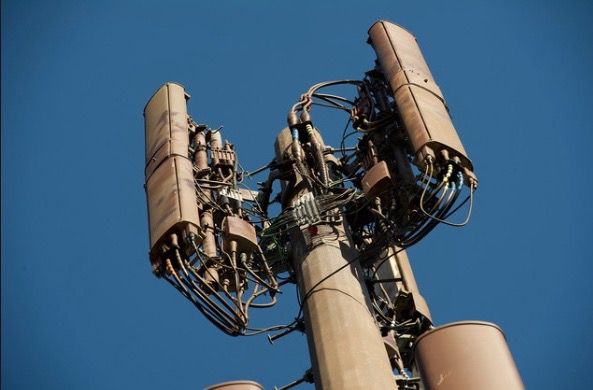T-Mobile’s data de-prioritization (aka “throttling” high users) – Explained
Just a couple of days before T-Mobile’s first quarterly earnings call of 2015 a thread on Reddit got our attention. Within it, a customer complained of being “throttled” when – in fact – he was feeling the result of data de-prioritization. It seemed like – from what he understood – that he’d hit some magic, hidden number of GBs in downloads on LTE and had been punished for it. What in fact had happened is that he felt the result of one of T-Mobile’s lesser-known network traffic easing policies. Known as de-prioritization, it’s a way to ensure someone’s incredibly heavy use doesn’t affect the experience of other, less data-intensive customers using a busy network.
We didn’t get an official response from T-Mobile on this issue but, thankfully, our sources have done some digging and come up with a few good explainers within T-Mo’s policies, guidelines and internal communications. It seems a small, but growing number of customers have been complaining about reduced data speeds in recent times.
What is Data Prioritization?
Simply put, T-Mobile has a policy in place where, if you’re in the top 3% of data users, your access to data is prioritized below other people’s. There’s a practice in place which flags these users on the system. It’s given a brief mention in the “About T-Mobile” page under the consumer tab:
“To provide a good service experience for the majority of our customers, and minimize capacity issues and degradation in network performance, we may manage network traffic through prioritization. This means that customers who use more data than what is used by 97% of what all customers use in a given month, based on recent historical averages, might in some cases have their data usage prioritized below the data of other customers during times and in places of network contention. (Customers who use data in violation of their Rate Plan terms or T-Mobile’s Terms and Conditions may be excluded from this calculation.) “
Now, this is worked out on a month-by-month basis. Customers that are flagged for using more data than 97% of customers in a given month will be reset at the beginning of their next bill cycle. Sadly, there’s no specific figure in GBs downloaded to go by. Nothing anywhere that says that if you hit 20GB, you get throttled. It doesn’t work that way. It’s based on percentages. And chances are, if you use 20GB of mobile data in a month, you’re in the top 3%.
Will I feel the effect?
The answer to that is “probably not”. First off, it’s very unlikely that you’re in the top 3% of data users unless you’re going crazy downloading tons of content over LTE. Secondly, it depends very much on what the network conditions are like in your area and how many people are using the same cell tower at once. If you’re a high user in an area where the network is unlikely to feel the effects of congestion, you won’t notice much difference, if any at all.
T-Mobile notes in its communication to staff that the “overwhelming majority of customers that have their data requests de-prioritized are in places of normal network contention. This means that while they may see their speeds drop a bit and will be slower than other folks on that tower, they are still getting really strong data speeds (and are not likely to call in to Care).”
Network contention is where multiple users are trying to access the same tower at the same time. Congestion is when there are so many that services/speeds are impacted.
In most cases, during normal contention, the difference in speed should be small enough that customers won’t even notice the difference. As an example, once customer might be getting 20Mbps download speeds while the de-prioritized next is getting 10-12Mbps.
During these busy times, if you’re in that 3% of high users, your access to the network is seen as less of a priority that those who use much less data.
Congestion doesn’t happen everywhere and only affects a small number of towers. But these are the areas where customers are more than likely going to feel the pinch of drastically reduced speeds if they have been de-prioritized. In many cases, in these heavily congested areas, speeds could be around or below 1Mbps.
De-prioritized customers will – more than likely – see their speeds increase during the evenings and weekends when the networks aren’t as busy. The traffic alleviating measures only really kick in during busy times and on busy sites.
“This is NOT a throttle”
T-Mobile has reiterated a number of times that it doesn’t “throttle” customers. And, as much as this might feel like being throttled to the high users in congested areas, it isn’t. In fact, in T-Mobile’s systems, customer accounts which have been de-prioritized will have a flagged notice which makes it clear that it isn’t a throttle, and that they are being bumped down the network access priority list for using a lot of data. Unlike throttling, which effects a customer regardless of how busy or quiet the local network is. This is an effort to stop congestion from having a serious impact on the network performance rather than being a blanket targeting of every single high data user.
Brandon, the original poster on Reddit stated later on that he spoke to someone from John Legere’s office who reiterated as much to him.
Long story short: Don’t worry about it unless you’re constantly watching movies over LTE and you live in a busy area.

